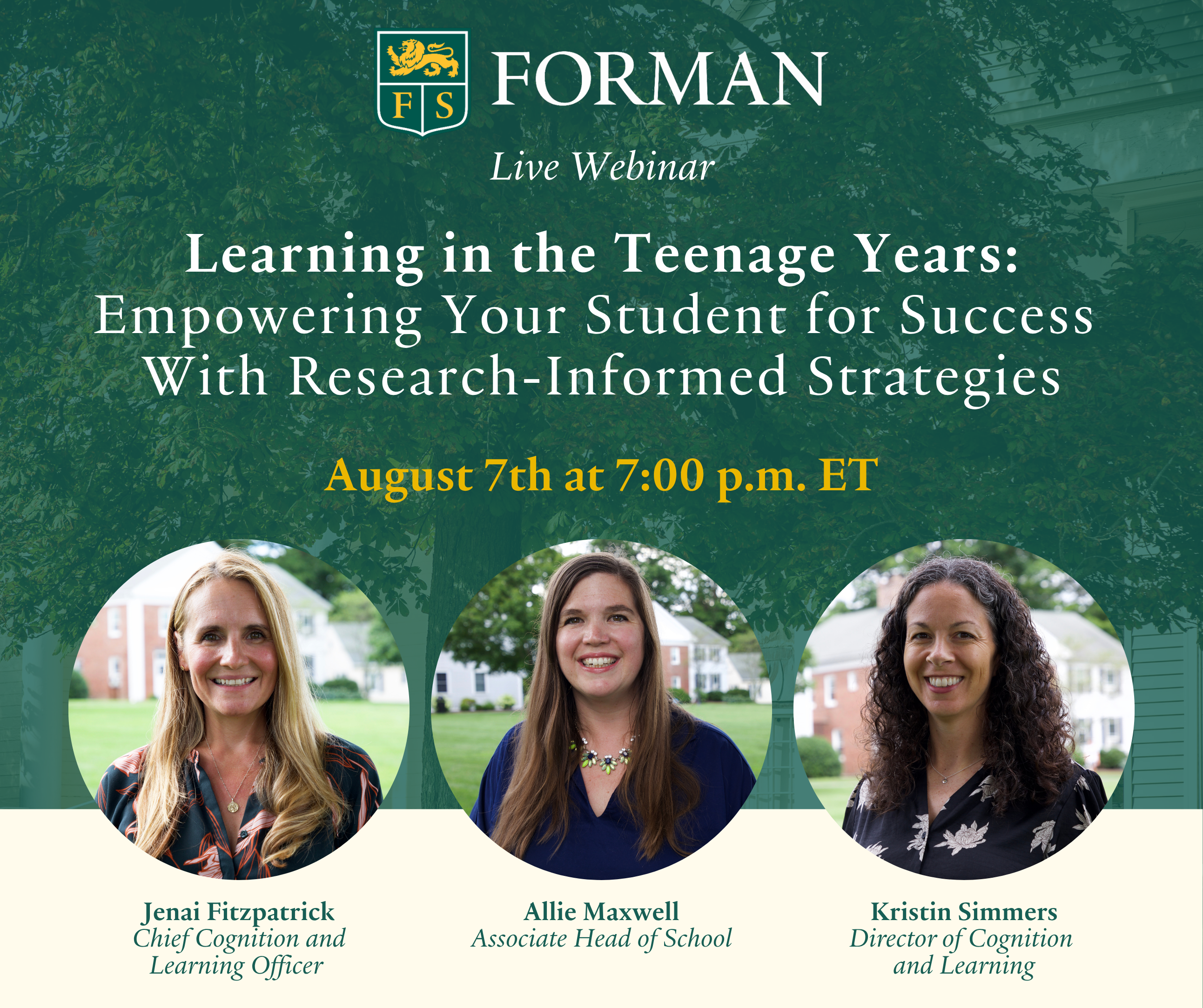Practical, Research-Informed Strategies That Work
1. Spot and Name a Strength
The Why:
Adolescents are forming their identities and looking for evidence of who they are becoming. When adults focus solely on what’s missing (missing homework, forgotten materials, late assignments), it can chip away at motivation. But when we intentionally highlight what’s working, we help teens see their own capacity and potential. This “strengths-based” approach builds resilience and confidence.
The How:
Try “spotting and naming” a strength in the moment. For example, imagine your teen stayed up late finishing a project that they procrastinated on. Instead of saying, “That’s what happens when you wait until the last minute,” try:
That recognition doesn’t ignore the challenges, but it reinforces the effort and follow-through that are worth celebrating.
Try It:
When your teen shares a story, listen for a hidden strength you can highlight. Maybe it’s curiosity, creativity, or perseverance. Then say it aloud:
At Forman, this approach is woven into our executive function coaching model as a school for learning differences, influenced by world-renowned coach Jodi Sleeper-Triplett. Coaches intentionally name student strengths to help them internalize success and build self-belief.
Why It Works:
Neuroscience shows that praise and recognition can activate the brain’s reward system, which reinforces motivation and learning. For adolescents, whose brains are especially sensitive to social and emotional feedback, authentic affirmation is powerful fuel.
2. Shift from Director to Coach
The Why:
Executive functions don’t develop by being told what to do; they grow through guided practice. When adults take over (“Just get it done!”), we remove the opportunity for teens to build their own planning systems.
The How:
Try using coaching questions that guide rather than dictate. For instance:
A teen has a big project due tomorrow, but hasn’t started. Instead of, “Why haven’t you done anything yet? You’re going to fail!” try:
These simple shifts turn confrontation into collaboration and mirror the techniques used in executive function coaching for ADHD.
Try It:
Use questions like:
If your teen resists, pause. Sometimes, what looks like defiance is actually overwhelm—they may not know where to start or how to break the task down.
Why It Works:
Coaching questions encourage planning and decision making, processes that engage the prefrontal cortex. Modeling calm problem-solving and scaffolding their thinking helps teens with learning differences develop internal systems for organization and prioritization. Over time, these moments of guided reflection can become internalized habits.
3. Reframe “Stuck” Moments
The Why:
When teens feel stuck, academically or emotionally, they can slip into a reactive state, saying things like “I can’t do this” or “I’m terrible at this.” Adults often respond with encouragement (“Yes, you can!”) that, while well-intentioned, doesn’t validate their struggle or show them how to move forward.
The How:
Instead of pushing past frustration, name it and invite reflection:
This gentle question encourages students with ADHD or other LDs to move from a defensive state to a reflective one. Once students identify what’s challenging, they can begin problem-solving.
Try It:
Ask:
Approach these moments with what we call compassionate curiosity, genuine interest in understanding, not judgment.
Why It Works:
Reframing “stuck” moments activates metacognition, thinking about one’s own thinking, which is central to building self-regulation and independence. It can lower emotional arousal, which allows the prefrontal cortex to re-engage and make deep learning possible again.
Forman students who participate in executive function strategies from summer camp to the classroom often gain long-lasting tools that promote resilience.

.png)



